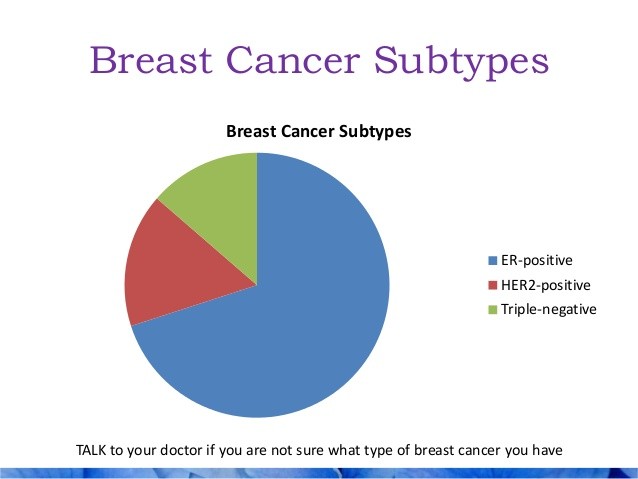Leave a Comment:
1 comment
[…] Breast Density Risk Factor for Breast Cancer. Tamoxifen Therapy to Reduce Risk? […]
Reply
Learn about conventional, complementary, and integrative therapies.
Dealing with treatment side effects? Learn about evidence-based therapies to alleviate your symptoms.
Click the orange button to the right to learn more.

PMD (percent of mammographic density) is the percentage of breast density that shows up on a woman’s mammogram. It has long been known that dense breasts make it more difficult to get an accurate mammogram, but a new study seems to suggest that high PMD may also be an actual risk factor for breast cancer (BC).
It also suggests that taking five years of Tamoxifen may, in some women, reduce breast density as well as the risk for breast cancer. The authors say more research will be necessary to make definitive conclusions.
The women included in the study all had a greater than average breast cancer risk even without taking breast density into consideration.
If Tamoxifen reduced their breast density by more than 10 percent, their risk was reduced. If the reduction was less than 10 percent, there was no reduction in breast cancer.
My personal opinion is that we need much more accurate ways to detect breast cancer than mammography.
Not only is it unable to differentiate between many harmless benign showings and cancer, which may lead to both anxiety-provoking and expensive additional tests and biopsies, it can miss even larger cancers in women with dense breasts.
Is taking 5 years of Tamoxifen to reduce risk in these women a good idea? We each have our own comfort level with risk percentages when it comes to cancer. Perhaps if I had a first degree relative with breast cancer and I had dense breasts I might think about giving it (tamoxifen) a try.
The research suggests that it would become obvious whether or not there was a breast density reduction after twelve to eighteen months. On the other hand, Tamoxifen is a drug that is not without extensive potential side effects and I would only take it after considerable consideration of the possible pros and cons of doing so.
Mary Miller- Breast Cancer Profile in Courage
“Mammographic breast density is a strong risk factor for BC. Tamoxifen, which reduces the risk of breast cancer in women at high risk, also reduces mammographic breast density. However, it is not known if tamoxifen-induced reductions in breast density can be used to identify women who will benefit the most from prophylactic treatment with this drug…
We conducted a nested case-control study within the first International BC Intervention Study, a randomized prevention trial of tamoxifen vs placebo. Mammographic breast density was assessed visually and expressed as a percentage of the total breast area in 5% increments. Case subjects were 123 women diagnosed with breast cancer at or after their first follow-up mammogram, which took place 12-18 months after trial entry, and control subjects were 942 women without breast cancer…
In the tamoxifen arm, 46% of women had a 10% or greater reduction in breast density at their 12- to 18-month mammogram. Compared with all women in the placebo group, women in the tamoxifen group who experienced a 10% or greater reduction in breast density had 63% reduction in breast cancer risk whereas those who took tamoxifen but experienced less than a 10% reduction in breast density had no risk reduction. In the placebo arm, there was no statistically significant difference in breast cancer risk between subjects who experienced less than a 10% reduction in mammographic density and subjects who experienced a greater reduction.
[…] Breast Density Risk Factor for Breast Cancer. Tamoxifen Therapy to Reduce Risk? […]
Reply